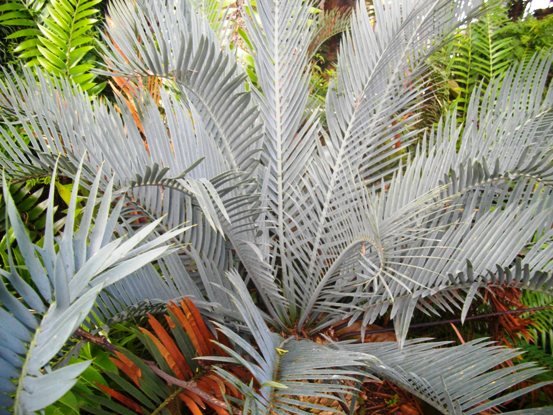Encephalartos lehmannii

Encephalartos lehmannii is similar to E. princeps, although the distribution areas of the two species do not overlap. Thus only specimens in cultivation should produce identification problems. The plant (being an Eastern Cape, southern Karoo resident), has been described as the most drought resistant of all South African cycads. Coning occurs every two years when there had been sufficient rain; otherwise several years may be patiently skipped by these hardy plants.
This cycad is easier to grow than some of the other species. It grows slowly, preferably in conditions resembling its habitat of sandstone hills or alkaline soil, temperature extremes and full sun among arid veld scrub. Suckers removed from established plants usually grow readily (Coates Palgrave, 2002; www.plantzafrica.com).

